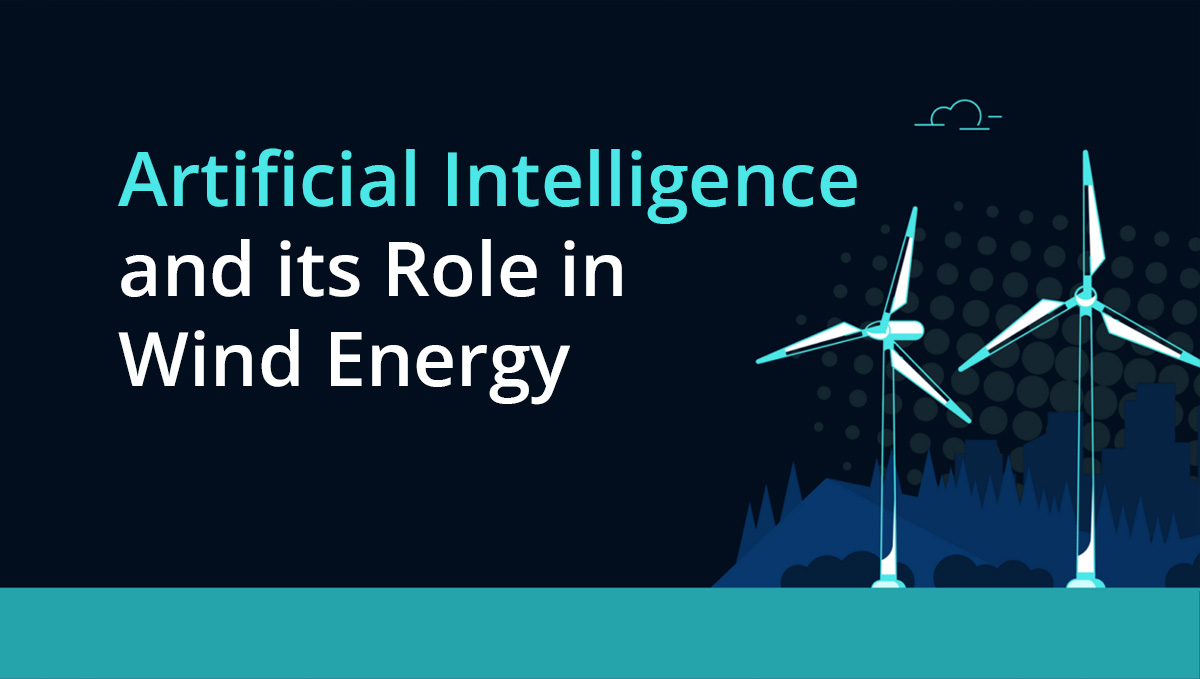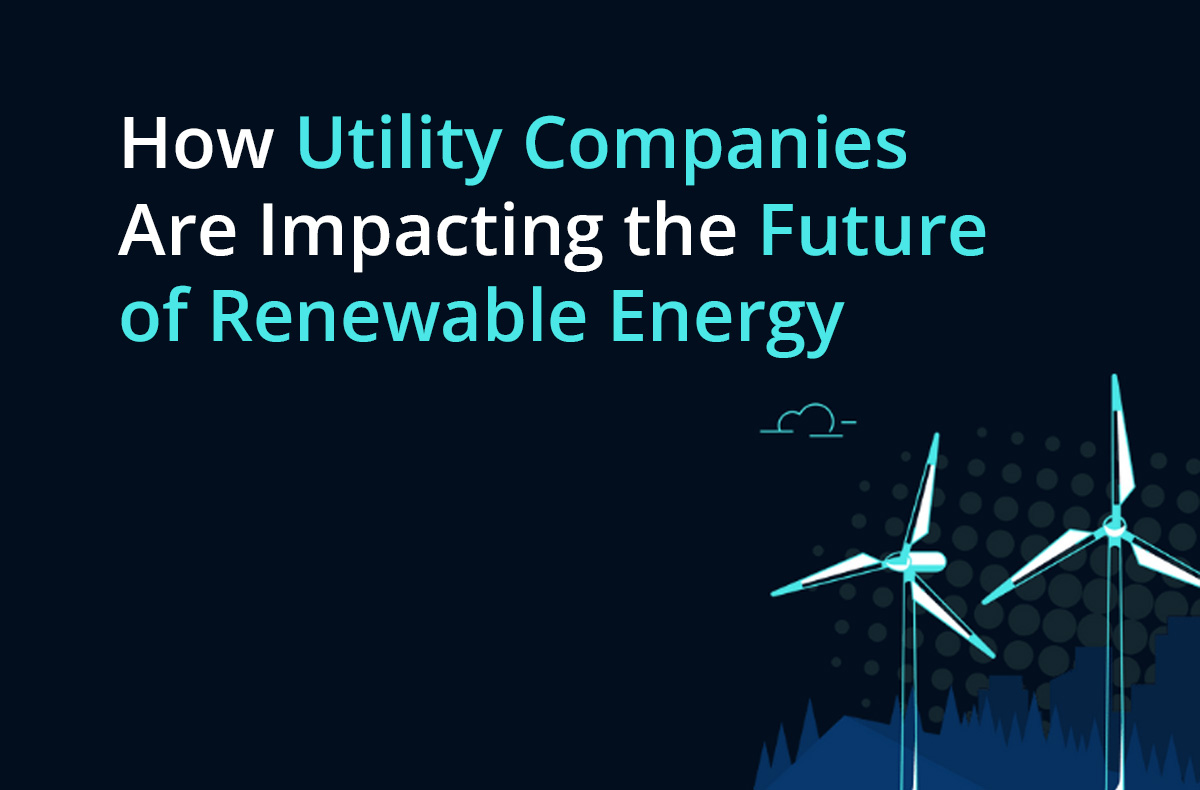What role do artificial intelligence and machine learning play in the modern wind industry?
As machine learning and AI become more commonplace in data analysis and automation, we wanted to discuss how this affects the wind industry specifically. We invited SkySpecs’ own Shweta Khushu, Engineering Manager, Computer Vision, and Akshay Iyer, Computer Vision Engineer – Full stack to this episode of Climate Chronicles.
Hear more of their insights in the full episode, or keep reading for the top takeaways.
The benefits of using AI and machine learning in the wind industry
There are many benefits to using AI – both in the wind industry and everyday life. For the wind industry, one of the top uses for AI is to help analysts determine what turbines need fixing and maintaining. With a large portfolio of wind assets, it’s tough to manage them all manually, but AI and machine learning bring much-needed objectivity into the process.
By using AI, CMS teams get vital data from turbines and gearboxes that they can work with to assess the health of each turbine and the energy losses from each asset.
Something that Akshay has been working on with his team is building a model that will learn how to assess damages just on visual appearance to better categorize them rather than relying on labels that aren’t always accurate or up-to-date. This could improve the accuracy and speed of data analysis on wind turbines and bring greater efficiency into the process.
The top challenges of using AI
While AI brings about many opportunities and benefits, it’s not without its challenges. The biggest challenge that Shweta mentions is a lack of centralization and structured data in the industry. Often, larger organizations work with data silos that are spread across the whole organization, but there’s no single source of truth. The data is not easily accessible, and it can feel like finding a needle in a haystack.
However, Shweta says there are signs that the industry is starting to recognize this now. There’s been a lot of talk about data lakes and data planes to get all of the data in a format that’s accessible, agreeable, and structured.
“Another challenge that our team constantly faces is the lack of industry standardization and consistency,” says Shweta. “We often see this in how we mark and categorize our damages and how we rate severities. There are many different languages customers use when they speak about these categories and severities.”
This causes confusion and can slow down collaboration between CMS teams and technicians. And because there’s no standard language, it becomes harder for a machine learning system to automate a standard solution that could be rolled out industry-wide.
On the bright side, Shweta sees a lot of opportunities in this industry. As data gets more structured and consistent, domain experts can start collaborating with engineers more closely, and we can start solving more focused problems with machine learning.
As Shweta says, once that data improves and we can access different sources of data from inspections, CMS, or other sources, there’s a lot of scope for advanced data analytics and machine learning to make predictions about the health of turbines. This will enable analysts and engineers to make better decisions over repairs and maintenance to protect against energy loss.
Predictions for the future of AI in the wind industry
It’s always difficult to predict what an entire industry will look like in the future, especially when something like AI is thrown into the mix. In fact, Akshay believes it’s hard to predict for two key reasons:
1. Human brains think in linear, but machine learning doesn’t
As Akshay explains, human brains typically work and think in linear patterns. But machine learning and deep learning follow an exponential curve, which our brains are simply not used to working with. This makes it difficult to extrapolate and predict future patterns.
2. Machine learning has a way of surprising us
Anyone who’s explored machine or deep learning will tell you that this technology can be surprising. If you think back five years, the common predictions were that AI was going to replace blue-collar jobs by automating factories and creating self-driving cars. The jobs that were assumed to be safe were the creative ones – the poets, designers, writers, and illustrators. But if you look at what’s happening in AI over the past year or two, we’re seeing technology like DALL-E and GPT3 revolutionizing the way we can create images, videos, and text.
But Akshay’s hope for the next few years is that AI can help us achieve multimodal learning. This would involve considering all different data modalities together, so one single model can take in something like an image and then give out an output.
This has potential in the wind industry as well because the way analysts assess damage isn’t just by looking at an image. They need to consider the evidence of damage, radial distances, and court distance. There are several parameters that must be assessed before making a decision, so Akshay believes AI could lend a hand in this area as well.
The best practices for working with machine learning
Shweta has some advice on the best practices for using machine learning in the wind industry.
1. Remember that machine learning is not a one-size-fits-all solution
Machine learning and AI are tools, not solutions, as Shweta is keen to emphasize. Simply adding AI or machine learning to your processes isn’t automatically going to fix broken processes or make them more efficient.
Instead, Shweta recommends letting the data and algorithms determine success and having a mindset of “solving the problem and organically applying it when it makes sense.”
2. Work closely with stakeholders
Stakeholders are usually the domain experts on whatever project you’re working on, so it’s important to work closely with them. Make sure you’re clearly outlining business metrics and success criteria early on. It’s easy to become distracted by the complexities of machine learning and forget the core problem you’re trying to solve.
3. Iterate solutions
Once you’ve defined all the above, make sure you start working on iterating those solutions and getting feedback as quickly as you can. This will help you perfect the project so it’s in line with what the stakeholders really want.
4. Stick as closely to a template as possible
Akshay adds to this by pointing out that machine learning is very different from something like software development in that there’s a lack of standard methodologies and templates in place.
What his team has been doing is first assessing the problem, assessing whether machine learning is truly the right fit, and then trying to stick to a template of deployment because if a team starts to stray from the template, it’s easy for information to get lost.
To recap, our conversation with Akshay and Shweta revealed just how important it is to not rely on machine learning as a sole solution, but to use it as a handy tool that can enhance solid processes already in place. It’s easy to get carried away with deploying AI, but it must be done carefully to get the most out of it, as it’s not without its challenges.
To learn more about deploying AI and machine learning solutions in the wind industry, listen to the full episode to hear more from Akshay and Shweta.











